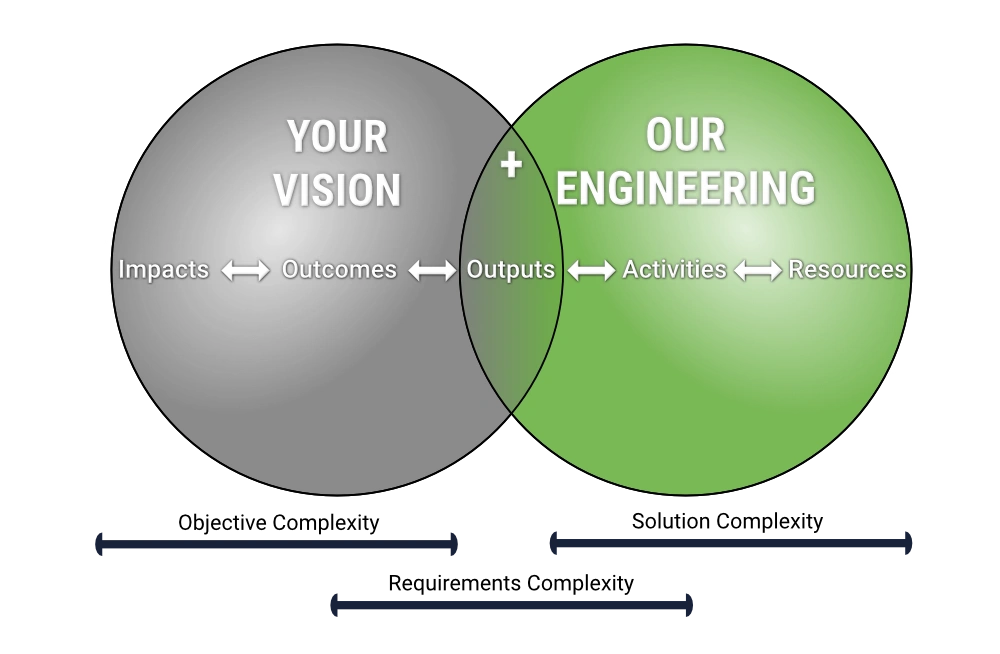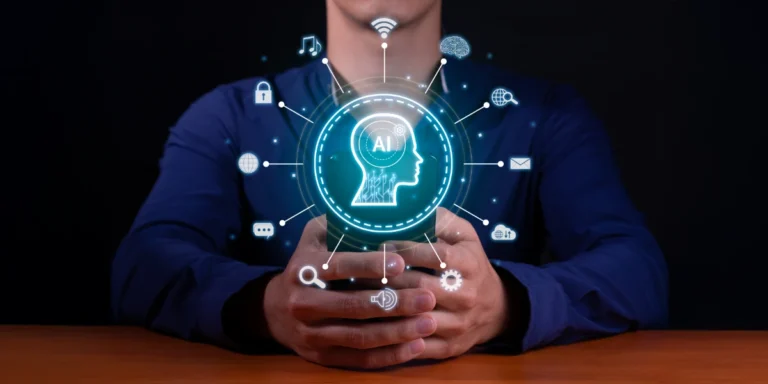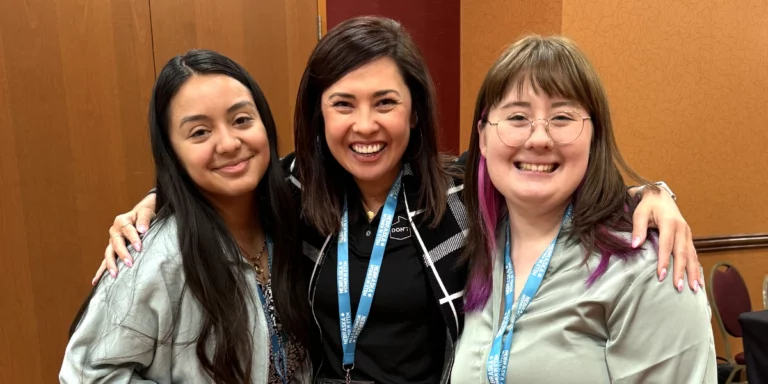From Concept to Clarity
You have a vision, an idea that could change the game. Our evidence-based processes will holistically challenge, evolve, and validate the risky and critical aspects to give you the best chance of success. We approach this process with a unique balance of creativity and discipline, ensuring you make reality-based decisions all along the way.
Identifying and managing the sources of complexity is foundational to our process so that we leave nothing to chance. Sources of complexity include objective complexity (relating to the vision, core values, organization structure, and business objectives), requirements complexity (volatility around functional and non-functional requirements), and solution complexity (the manifestation and realization of intellectual property).
With this in mind, we have curated a robust and integrated set of tools, processes, and methods that empower innovators and business stakeholders to discover problems, ideate on solutions, and ultimately deliver sustainable innovations.
Tools and Processes for Success
We have an broad toolbox to leverage to increase the chances of your innovation becoming sustainable. Working together, we tackle the numerous complexities of creating a new software product or startup.
Co-Creation
Our goal in Co-Creation is to activate the knowledge, expertise, and diverse perspectives of everyone involved from visionaries to potential customers.
Through a set of structured and interactive activities, we develop a shared understanding of the opportunities and problems to be solved. This leads to the generation of more creative ideas and ultimately enhances the engagement and effectiveness of all participants.
At the conclusion of a co-creation series, we share an overall product strategy with detailed information about how to move forward so that reality-based decisions can be made.
Diverge & Converge
Divergent and convergent thinking is powerful for generating novel possibilities when solving complex problems. Rather than running with initial solutions, we create space to explore the adjacent possible before moving forward.
The first step is to generate many possible ideas. We invite everyone to ideate in a structured and collaborative manner using techniques such as newspaper headlines, mash-ups, journey mapping, and brainstorming. These tools surface existing and new ideas for consideration.
Next, we begin to converge. This analytical and evaluative process assists us in identifying which ideas should be further explored. When successful, we often converge on new ideas to evaluate those not present at the start of the process.
Design Thinking
Creating sustainable innovation requires an iterative and creative approach to developing the best possible solution. This is why we employ techniques from Design Thinking to solve the wicked problems inherent in innovation.
One approach we use is What Is, What If, What Wows, and What Works. Through it, we look at the solution as it exists today, imagine the shape of the solution to come, diverge into a “moonshot” vision for the product, and then converge into what can feasibly solve the problem.
At the heart of our approach is empathy. We immerse ourselves in the user’s world, collaborating with them to gain a deep understanding of their needs and problems. This user-centric approach allows us to identify the core problems that need to be addressed first.
Our journey doesn’t end with the creation of prototypes. We use these prototypes to test our assumptions with potential users. Their feedback becomes the catalyst for our continuous learning and refinement. This iterative process ensures that our solutions are always evolving, with the end user in mind.
Key Questions
For a product to be a sustainable innovation, it must be Desirable, Feasible, and Viable. As we move forward, we identify key questions through these lenses and answer them with tools to bring clarity as quickly as possible.
Desirability assesses whether there is a market demand for the product. We validate customer needs, preferences, and behaviors to ensure that the product addresses a real problem or desire in the market.
Feasibility refers to the practicality and possibility of developing your product. We consider whether the required technology and resources are available, affordable, and capable of delivering the intended functionality.
Viability examines your product’s business perspective and assesses its sustainability. We will analyze the business model, pricing strategy, market competition, and overall market conditions.



